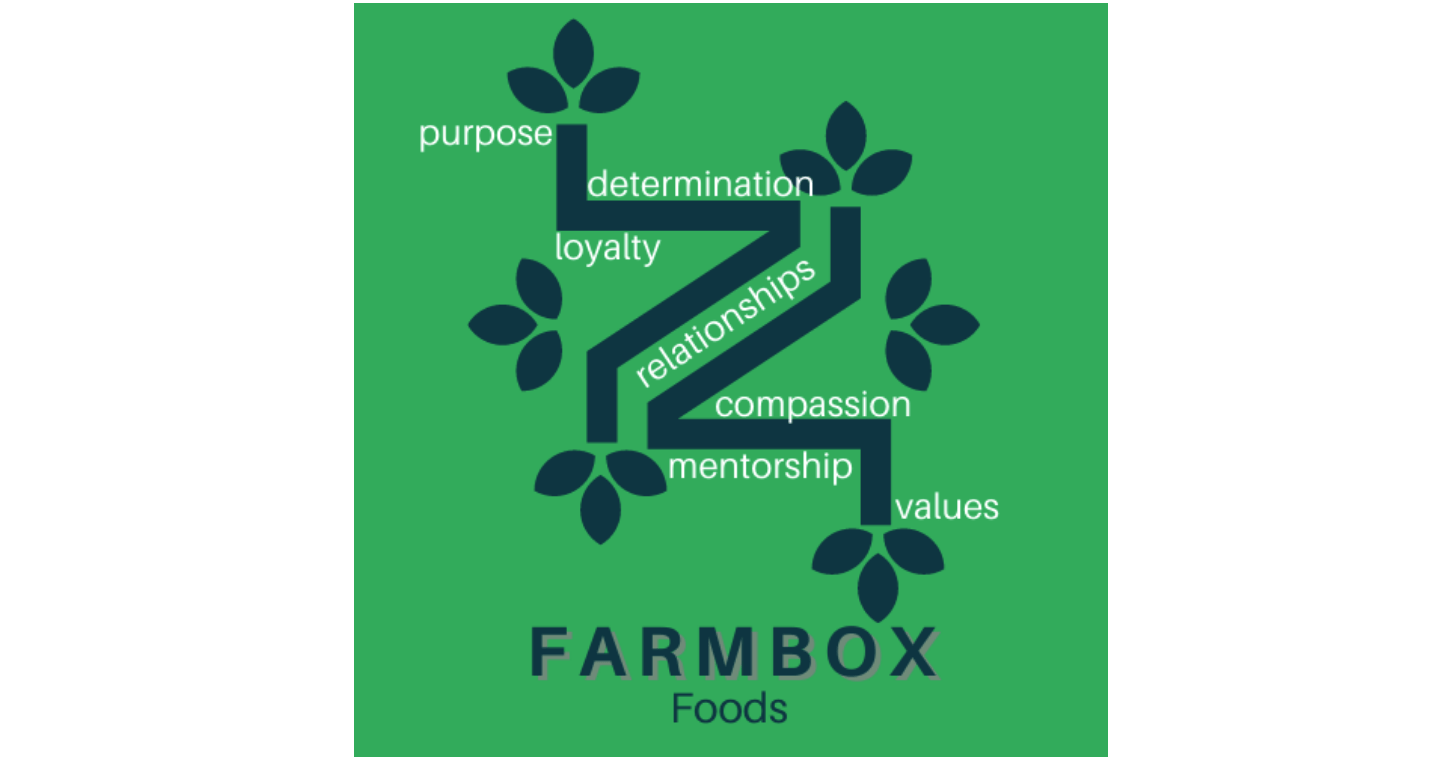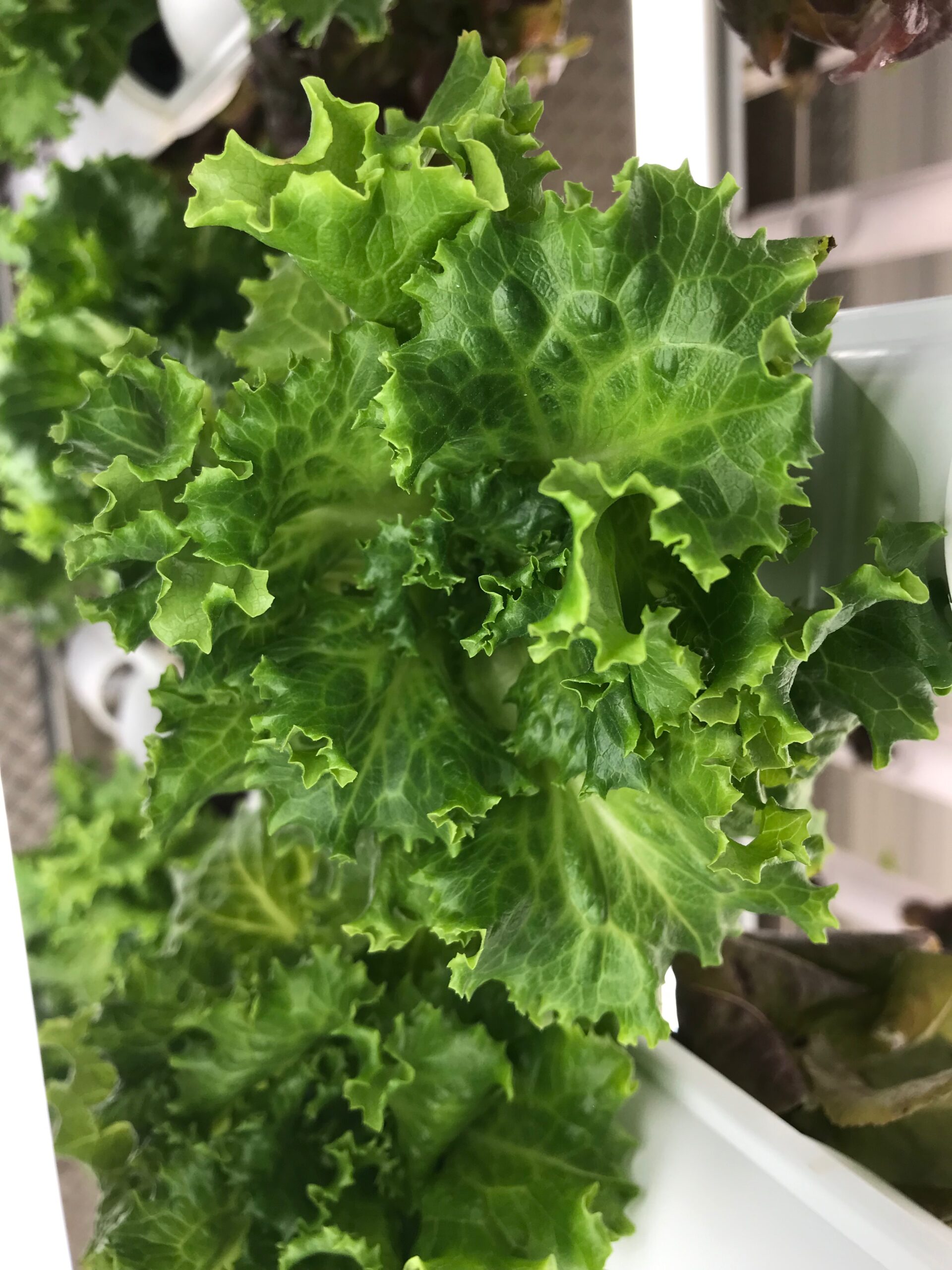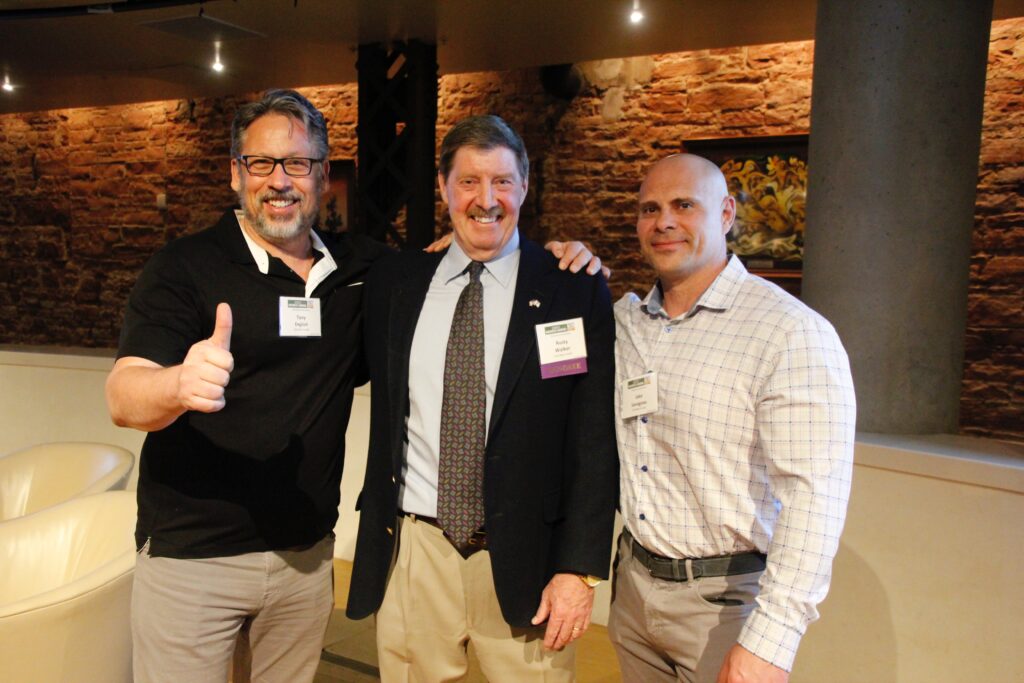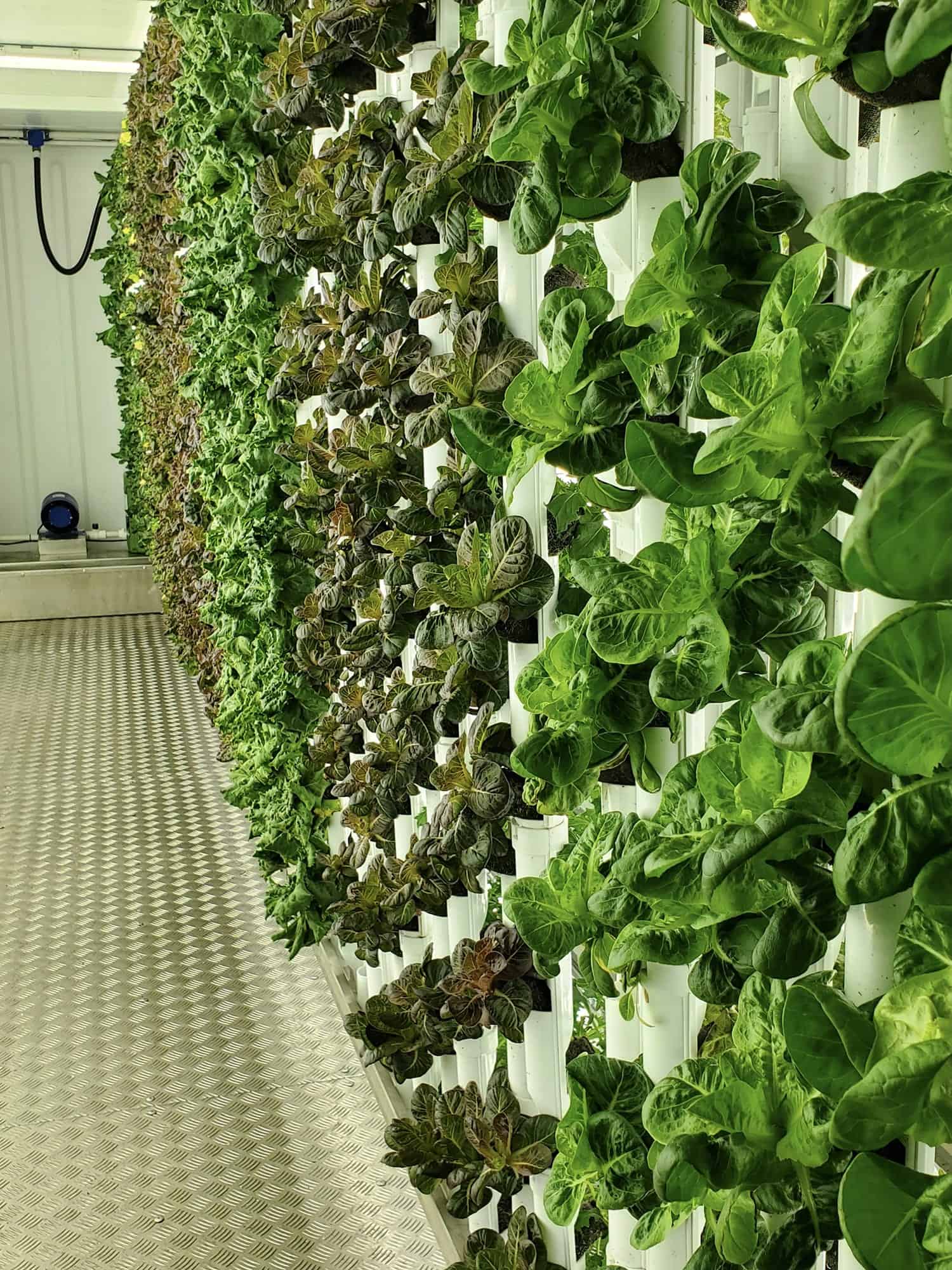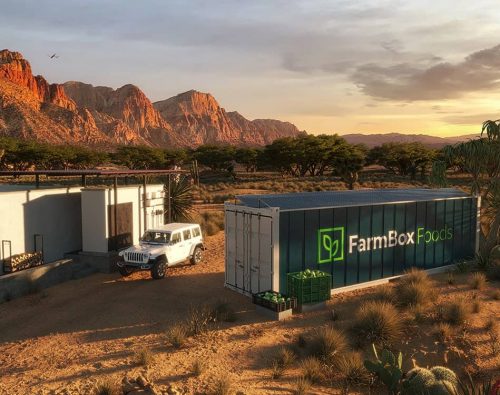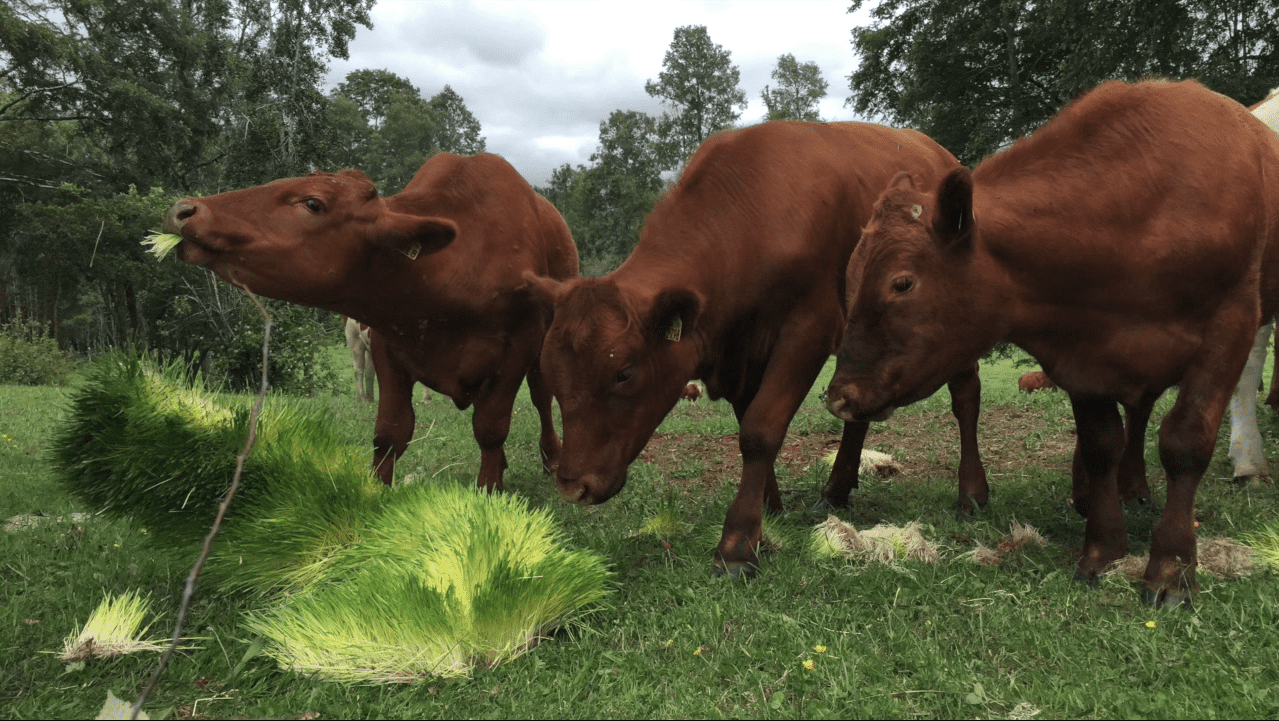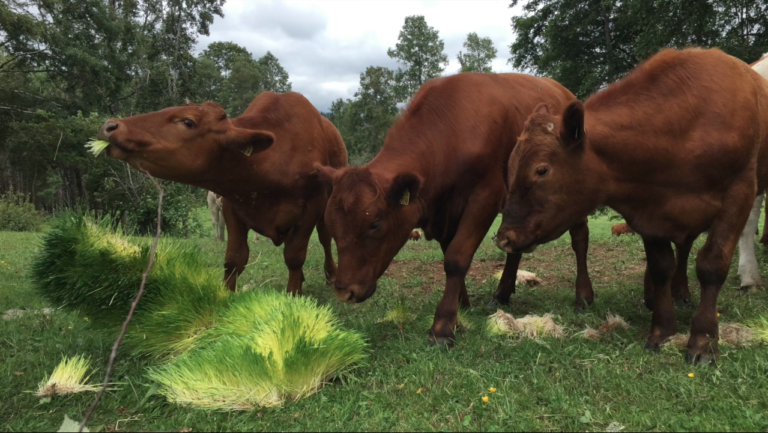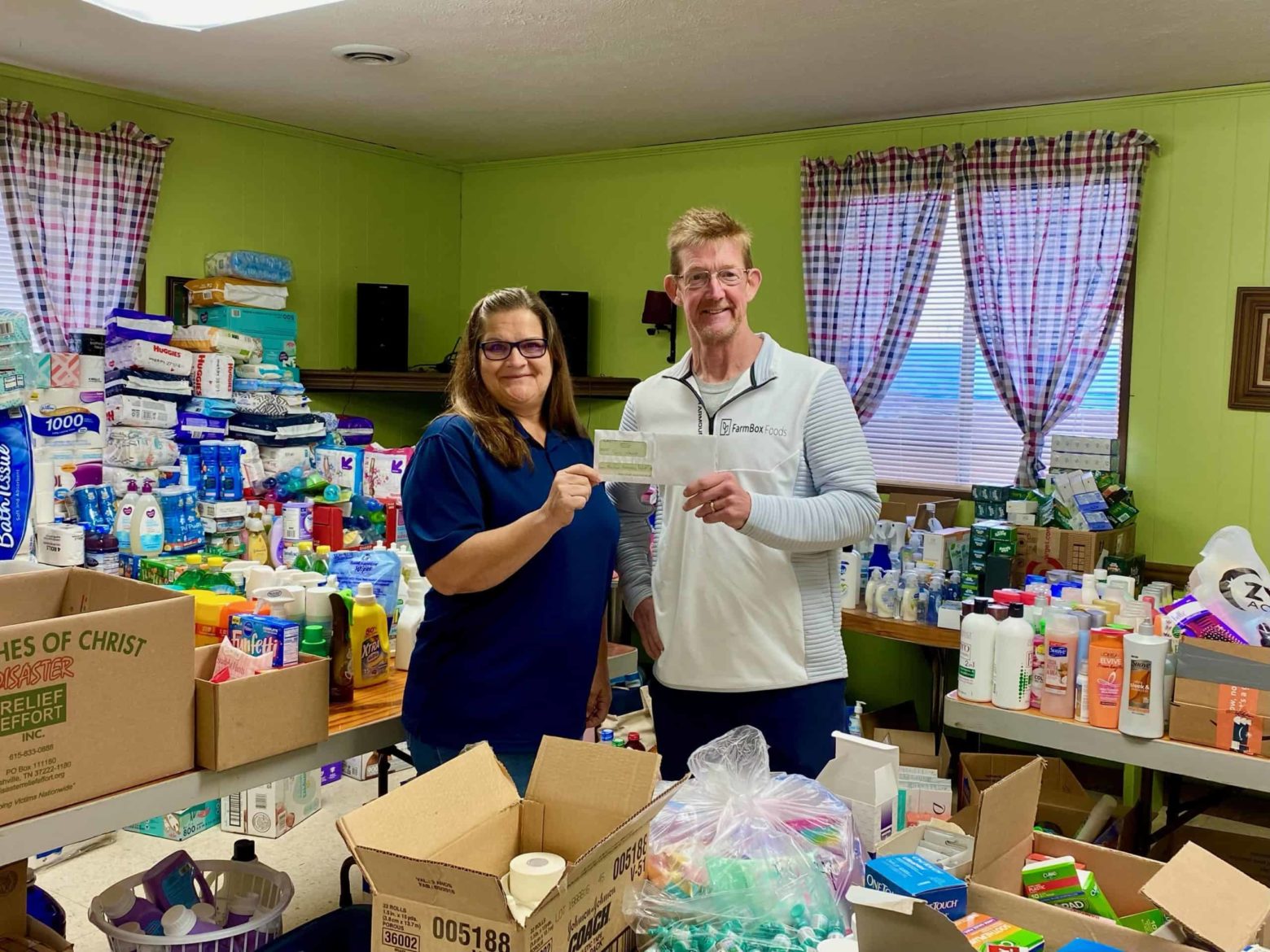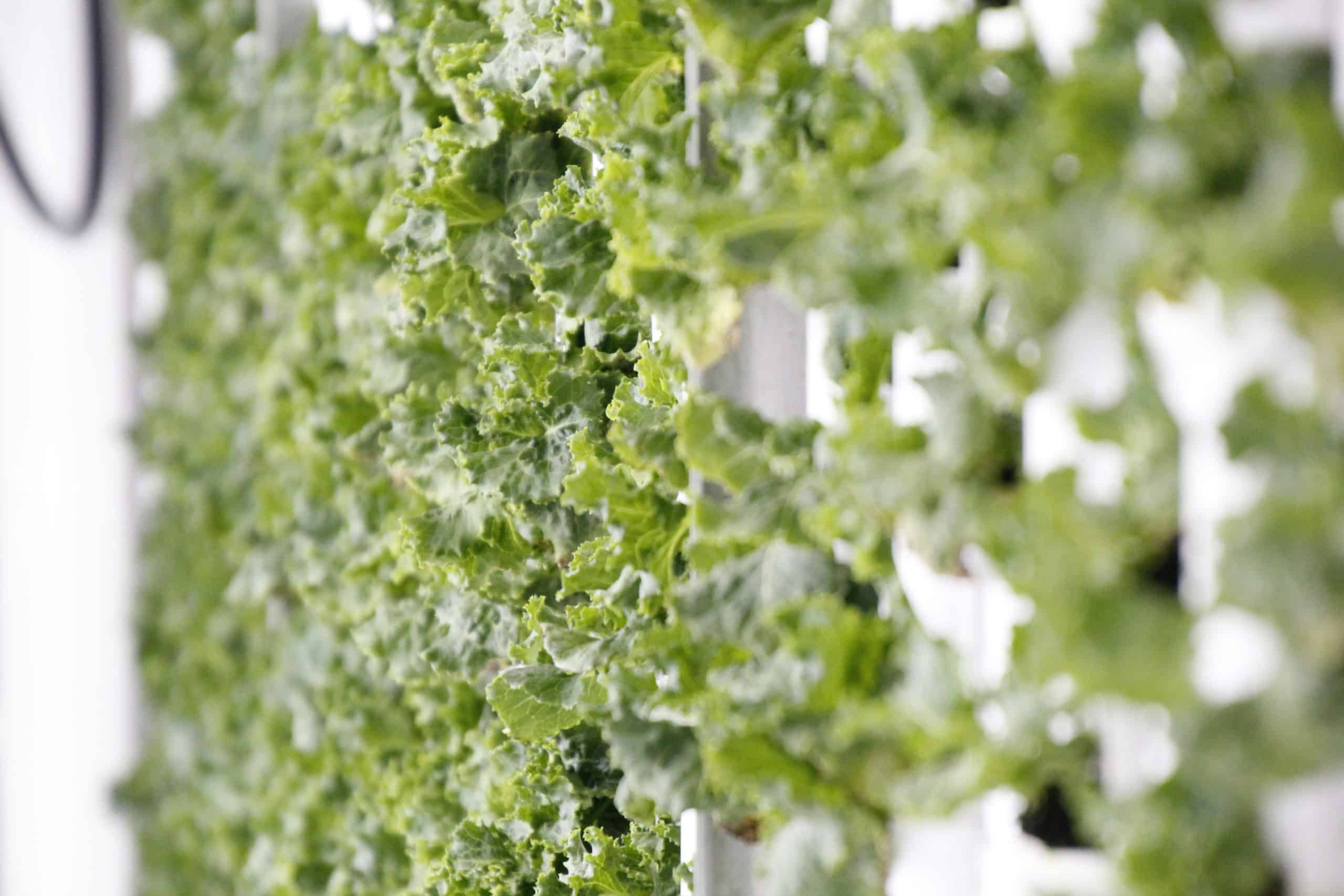FarmBox Foods has established a set of core values to guide existing and future relationships, and created a tagline that captures the company’s focus on innovation.
FarmBox Foods, a Colorado-based manufacturer of high-tech container farms, has spent the last four years developing proof of concept in multiple industries by helping people grow gourmet mushrooms, leafy greens, culinary herbs, peppers, small tomatoes and trees. The mission-driven company is focused on helping partners feed those living in food deserts while empowering local communities and providing jobs and educational opportunities.
The new slogan, “Farm Anywhere,” encapsulates in two words what the tech-driven farms allow users to do, and the new tagline, “Innovating to Feed the World,” captures the spirit of FarmBox Foods’ goal of continued improvement in creating the tools that provide communities with a reliable source of nutrient-dense foods, regardless of the time of year or their location.
The company’s revised vision hones in on its core beliefs.
“We believe that no one should go hungry. We see a world where everyone has access to a sustainable source of healthy, locally grown food.”
FarmBox Foods’ newly established company values represent how the organization has conducted itself since its inception, and how it will operate going forward both internally and externally. The values are meant to convey to current and future partners what the company stands for and why.
- ● Relationships – The way we connect with people guides everything we do. Our values stem from our conscious commitment to help feed the world.
- ● Purpose – We intentionally operate with faith, selflessness, and service to others. We find meaning in making a difference in the world. Our foundation is built on our belief in “values over profit.”
- ● Loyalty – Our partners trust us to do the right thing every time. We show up in our relationships with integrity, vulnerability, and honesty.
- ● Compassion – We strive to understand the diverse needs and strengths of the communities we serve by continually learning, listening, practicing empathy, showing humility, and expressing gratitude.
- ● Determination – We are committed to customer focus through hard work and discipline. We’re passionate about helping others transform their communities through continuous innovation that creates a foundation for food security.
- ● Mentorship – We believe that trust, accountability, and initiative are pillars of a successful team. We make time for people and cultivate an environment where we’re all leaders and learners.
Go to www.FarmBoxFoods.com/company-values to learn more.

